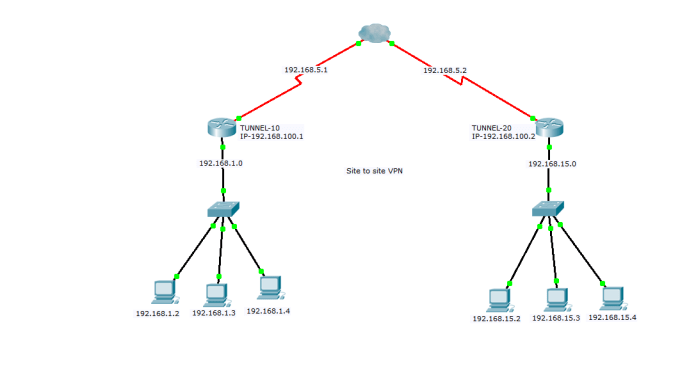

Enter quit at the FTP prompt to close the session. At the ftp> prompt, enter the command dir and verify that the clientinfo.txt file is now on the FTP server.ĭ. Upload the clientinfo.txt file to the FTP server by entering the command put clientinfo.txt.Ĭ. At the ftp> prompt, enter the command dir to view the current files stored on the remote FTP server.ī. Enter the username of cisco and password of cisco to authenticate with the FTP_Server. Help with the command line is available by typing ? at the prompt.Ĭ. From the command prompt, open an FTP session with FTP_SERVER using its public IP address. Step 2: Remotely connect to the FTP server.ī. The FTP and syslog packets entering the sniffer from Router2 are being monitored. Go to the GUI tab and turn the sniffer service on.ĭ. Go to the Physical tab and turn on the power to the sniffer.Ĭ. You will view a security vulnerability in one network application, and view logged ICMP traffic with syslog.

In this activity, you will use Packet Tracer to sniff and log network traffic. Part 3: View Syslog Messages Background.


 0 kommentar(er)
0 kommentar(er)
